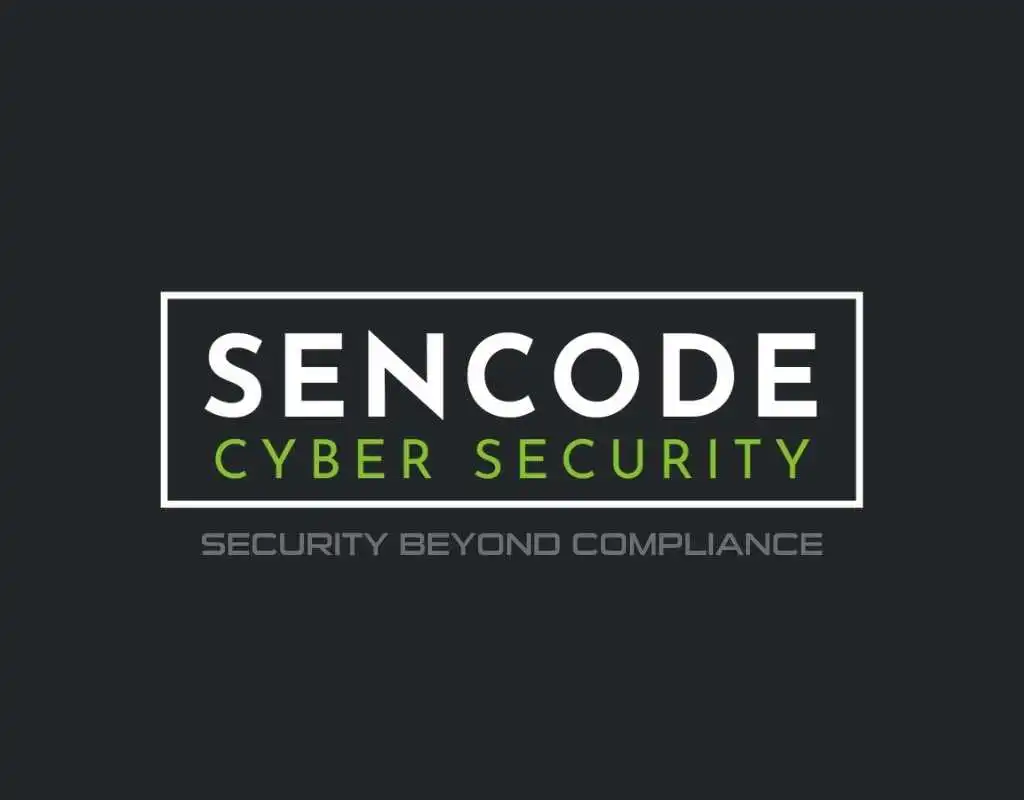DevSecOps evolves the DevOps philosophy by emphatically incorporating security practices into the rapid-release cycles that DevOps promotes. Rather than treating security as a final step in the development process, DevSecOps embeds it from the outset and at every stage, from initial design through integration, testing, deployment, and software delivery.
The rationale behind DevSecOps is that every person involved in the development lifecycle is responsible for the security of the end product. This requires a mindset shift where teams are cross-functional and collaborative, tools and processes are automated to screen for security issues in real time, and security decisions are made at speed and scale to keep pace with dynamic development environments.
Practical aspects of DevSecOps include incorporating security review and testing tools into continuous integration/continuous deployment (CI/CD) pipelines, automated vulnerability scans, and frequent code reviews. Cultural aspects involve fostering an environment of constant learning, sharing knowledge and practices, and teamwork between development, operations, and security disciplines.
What is DevSecOps methodology?
DevSecOps utilises a wide array of methods to guarantee efficiency and increased security throughout all stages of software development. One such method is implementing an agile approach to security. Since agile frameworks emphasise speed, collaboration, and communication between teams, they can act as a strong foundation for DevSecOps.
Another method DevSecOps may use is the waterfall methodology. This more rigid approach to software development focuses on linear step-by-step progression from the beginning to the end of the development cycle. Implementing this method with DevSecOps allows you to address certain security requirements early on in the development.
Threat modelling is another method DevSecOps may implement. It prioritises identifying any potential threats that may arise during the development process and creates measures to mitigate those threats. In DevSecOps, threat modelling is adopted because it assists in locating any security risks early on in development. This allows you to implement measures to reduce those risks before they become more severe or harder to deal with.
How to implement DevSecOps
One way to implement DevSecOps is to involve your security teams in the design process. This ensures that security measures are implemented early in the development process, reducing the risk of major threats later on.
Continuous integration is a practice of DevSecOps. It involves having developers test their code early on and storing it in a central source code repository with version control. DevSecOps couples this by performing security tests alongside the quality tests throughout the entire process of continuous integration. They do this so that they know that the code within the source code repository is of both high quality and security.
Key Characteristics:
- Ethos integrating security practices into DevOps
- Promotes shared security responsibilities across teams
- Utilises automation to enforce security at every phase of the software lifecycle
- Encourages collaboration and communication between development, operations, and security
Examples:
- Real-World Example: A financial services company integrates automated security testing into their CI/CD pipeline, ensuring that code is scanned for vulnerabilities every time a new version is checked in, well before it reaches production.
- Hypothetical Scenario: During the sprint planning in a tech startup, the team includes security user stories and tasks alongside functional requirements. Security experts work closely with developers to ensure these are built into the product from the first lines of code.
Related Terms:
- DevOps: A set of practices that combines software development (Dev) and IT operations (Ops) aimed at shortening the systems development life cycle and providing continuous delivery.
- CI/CD: Short for Continuous Integration/Continuous Deployment or Continuous Delivery; a method to frequently deliver apps to customers by introducing automation into the stages of app development.
- Automated Vulnerability Scanning: Tools and processes used in DevSecOps to automatically scan for security vulnerabilities as part of the continuous integration and deployment pipeline.
- Secure Coding: The practice of writing software in a way that guards against the introduction of security vulnerabilities, critical within DevSecOps to ensure secure software builds.
